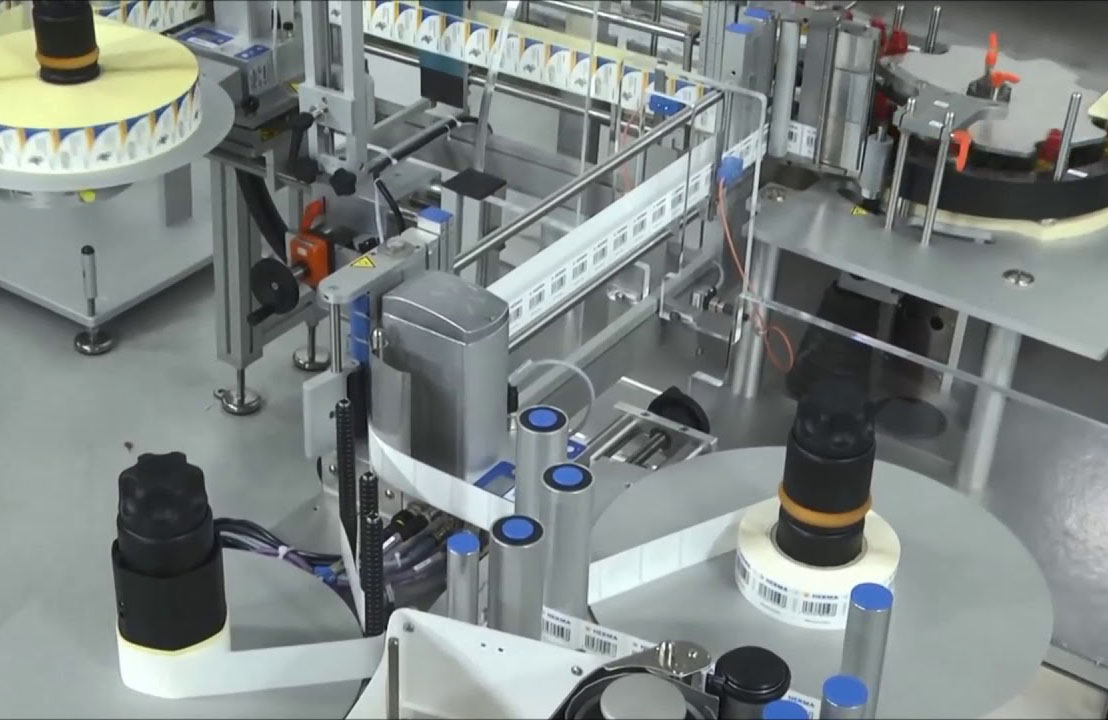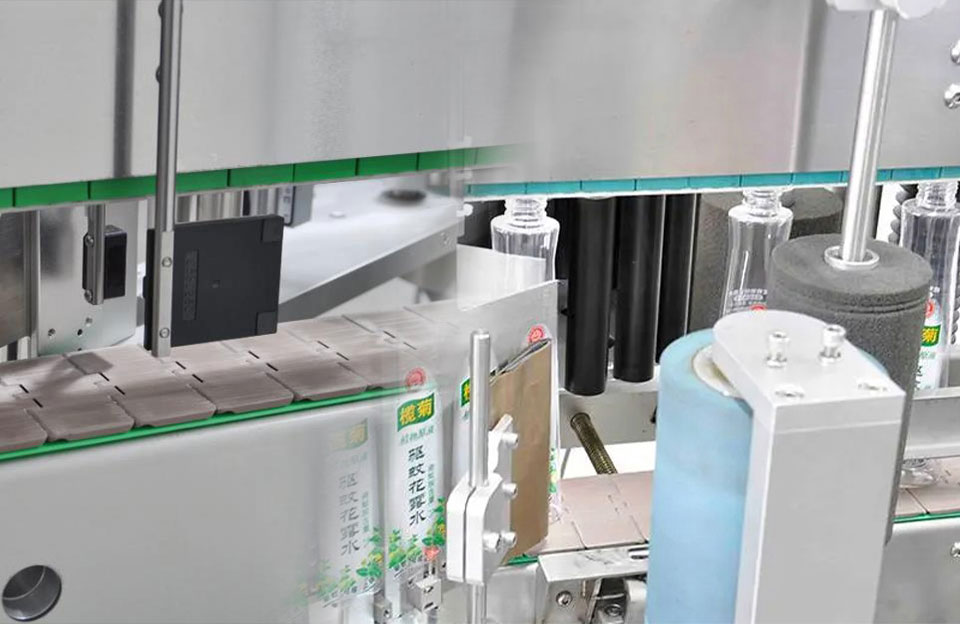A labeling machine is a device that sticks rolls of self-adhesive paper labels (paper or metal foil) on PCBs, products, or prescribed packaging. Labeling machines are an indispensable part of modern packaging production lines. Labeling machines can be divided into semi-automatic and fully automatic labeling machines according to the degree of automation.
There are many types of labeling machines. For different labeling machines, the operation methods and precautions are different. Therefore, labeling machine operation safety guidelines are extremely important for operators.

Installation Precautions of Labeling Machine
When installing a labeling machine, it is essential to follow proper precautions to ensure safety and optimal functionality. Here are some important installation precautions to consider:
- Read the Manual: Carefully read and understand the installation instructions provided by the manufacturer. The manual will contain specific guidelines for labeling machine models, including safety precautions and step-by-step installation procedures.
- Choose Suitable Location: Select a stable and level surface for the labeling machine installation. Ensure the area has adequate lighting and ventilation to support comfortable and safe operation.
- Electrical Requirements: Verify that the power supply meets the labeling machine’s electrical specifications. Use the correct voltage, phase, and frequency indicated in the machine’s manual to prevent electrical damage or safety hazards.
- Operator Training: Before installation, make sure that the operators who will be using the machine are appropriately trained in its operation, maintenance, and safety procedures.
- Clear Workspace: Clear the area around the labeling machine to prevent obstacles or hazards that could interfere with its operation or the safety of the operators.
- Proper Handling: Use appropriate lifting equipment and techniques when moving the labeling machine into place to avoid injuries and damage to the machine.
- Secure the Machine: Once the machine is in position, ensure it is securely fastened to the floor or work surface to prevent movement during operation.
- Check Components and Connections: Inspect all components, electrical connections, and mechanical parts to ensure they are properly installed and secure.
- Lubrication: If the labeling machine requires lubrication, follow the manufacturer’s guidelines for the correct type and quantity of lubricant. Over-lubrication can cause operational issues, while under-lubrication can lead to premature wear and damage.
- Testing: After installation, perform thorough testing of the labeling machine with no product or label rolls loaded to ensure that all functions work correctly and there are no mechanical or electrical issues.
- Lockout/Tagout Procedures: Develop and implement lockout/tagout procedures to ensure the machine is safely shut down during maintenance or repair activities.
- Emergency Procedures: Establish clear procedures and inform all operators about them to safely handle potential incidents or malfunctions.
Labeling Machine Operation Safety Guidelines
Labeling machine operation safety guidelines are crucial to prevent accidents, injuries, and damage to the machine. Here are some examples of labeling machine operation safety guidelines to follow:
- Operator Training: Ensure that all operators are thoroughly trained in safely operating the specific labeling machine model they will use. Training should cover proper usage, emergency procedures, and safety precautions.
- Follow the Manual: Familiarize with the labeling machine operation safety guidelines as provided in the manufacturer’s manual. Follow all instructions and warnings provided in the manual.
- Personal Protective Equipment (PPE): Wear appropriate PPE, such as safety goggles, gloves, and protective clothing, as required by the labeling machine operation safety guidelines.
- Pre-operational Inspection: Before starting the machine, inspect it for any signs of damage, loose components, or foreign objects that might interfere with its operation.
- No Modifications: Do not modify or bypass safety features or guards on the labeling machine. These features are in place to protect the operator and maintain the machine’s safe operation.
- Emergency Stop: Familiarize yourself with the machine’s emergency stop button or switch and its location. Train all operators to operate the buttons mentioned in the labeling machine operation safety guidelines.
- Correct Labels and Settings: Ensure the correct labels are loaded onto the machine and the settings are adjusted properly to avoid mislabeling or jam.
- Proper Loading and Unloading: Follow safe procedures in the labeling machine operation safety guidelines when loading or unloading label rolls, containers, or products onto the machine to prevent injuries and damage.
- Hot Surfaces: Be cautious of hot surfaces on the machine, such as heating elements or rollers. Use appropriate tools or PPE when handling these components.
- Electrical Safety: Only authorized personnel should perform electrical maintenance or troubleshooting on the machine. Avoid contact with electrical components while the machine is operational.
- Regular Maintenance: Adhere to the manufacturer’s recommended maintenance schedule to keep the machine in good working condition and prevent safety issues caused by wear or malfunction.
Conclusion
Labeling machine operation safety guidelines are essential to keep people safe. Following Labeling machine operation safety guidelines can reduce the risk of accidents and protect employees from injury. After employees master the correct operation methods and safety procedures, they can effectively improve production efficiency and obtain more economic benefits.


